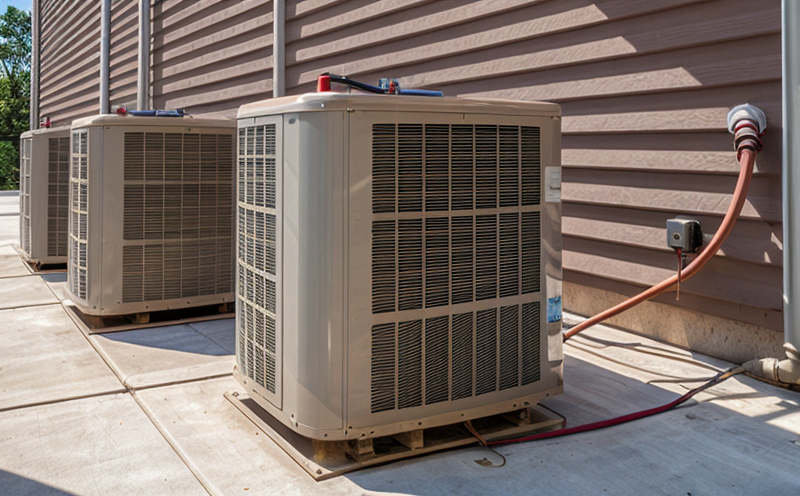ASHRAE 55-2017 Thermal Comfort Measurement
The ASHRAE Standard 55-2017 provides a framework to determine thermal comfort in occupied spaces. This standard focuses on the relationship between environmental factors, clothing, and personal activity level as they pertain to human thermal sensation and comfort.
The ASHRAE 55-2017 defines thermal comfort as 'that state of mind which expresses satisfaction with the thermal environment.' Compliance with this standard ensures that HVAC systems in buildings are designed and operated such that occupants experience a high level of thermal comfort. This is critical for enhancing productivity, health, and overall well-being within the built environment.
The standard incorporates several key concepts:
- Thermal sensation
- Comfort zone
- Personal activity levels
- Clothing insulation
Environmental factors such as air temperature, humidity, radiant heat imbalance, and air velocity are considered in the standard. The goal is to ensure that these parameters fall within a range that most people find comfortable.
The test methodology described in ASHRAE 55-2017 involves measuring environmental conditions using instruments like thermometers, hygrometers, and anemometers. Occupant clothing insulation levels are also assessed. Personal activity is quantified to account for metabolic heat production during various activities.
Occupants' thermal sensations are measured through subjective ratings on a scale from -3 (cold) to +3 (hot). The standard provides detailed guidelines for conducting these surveys and interpreting the results.
The ASHRAE 55-2017 thermal comfort measurement is crucial in HVAC design, ensuring that buildings are energy-efficient while maintaining occupant satisfaction. It helps quality managers identify potential issues in HVAC systems and compliance officers ensure regulatory adherence. R&D engineers can use this standard to innovate and improve HVAC systems.
The standard also plays a role in procurement processes by setting clear expectations for the performance of HVAC equipment.
Benefits
- Ensures compliance with ASHRAE standards, enhancing reputation
- Improves occupant satisfaction and productivity
- Maintains a healthy indoor environment
- Promotes energy efficiency in HVAC systems
- Reduces the risk of complaints from occupants regarding thermal comfort
- Facilitates regulatory compliance, avoiding penalties
- Aids in continuous improvement and innovation in HVAC design
Industry Applications
| Application | Description |
|---|---|
| Hospital Buildings | Ensuring patient comfort and well-being in healthcare settings. |
| Office Spaces | Promoting employee productivity and satisfaction in commercial environments. |
| Schools & Universities | Creating a conducive learning environment for students and staff. |
| Public Buildings | Maintaining public satisfaction and reducing complaints about thermal discomfort. |





